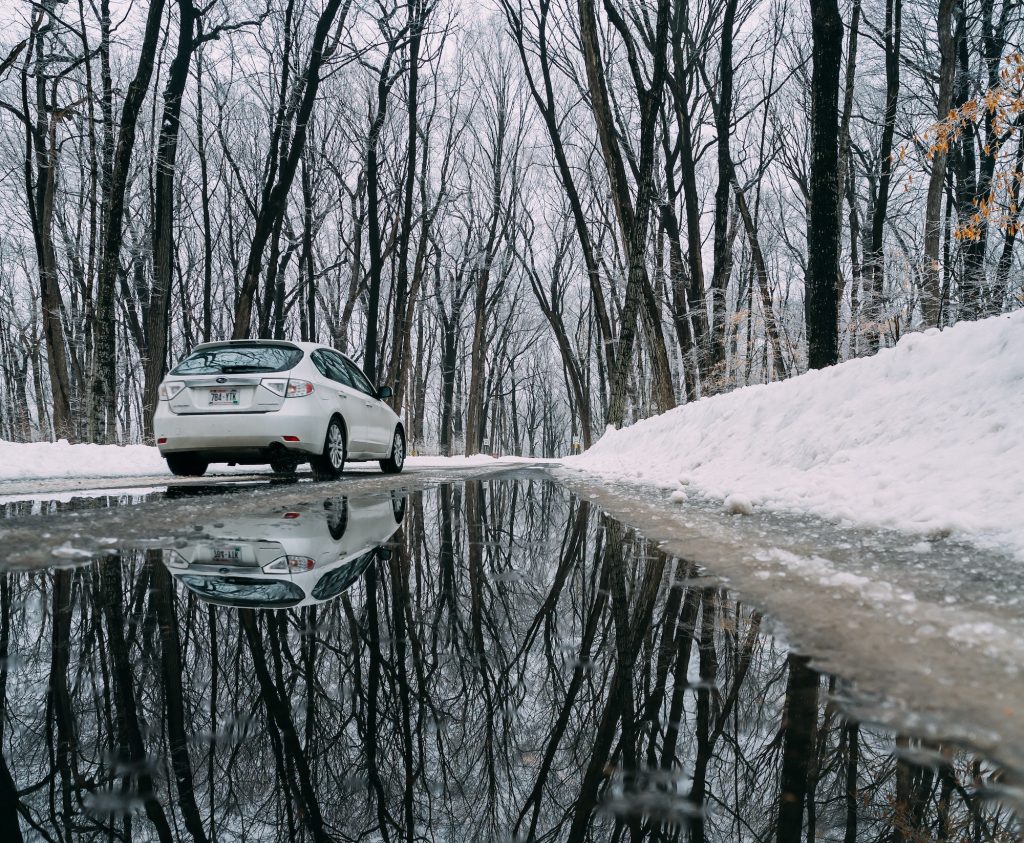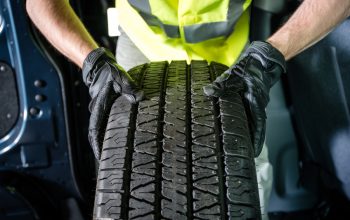How Do You Know When It’s Time To Switch To Winter Tires?
Change your summer tires to stay safe and save money.

After a long hot summer full of road trips, work commutes, and shuttling kids to camps and playdates, it’s time for your summer tires to take a break. The cooler months are here and your driving needs are changing, just like the seasons.
Here in BC, where we’re surrounded by mountains and many major highways pass through alpine elevations where winter tires are required as early as October 1, according to the Ministry of Transportation and Infrastructure. And the recommendation is for winter tires specifically, not regular all-season tires.
What’s the difference between winter tires and all-season tires?
According to an article on Canada Drives, “All-season tires are most suitable for spring, summer, and fall. That’s why some companies have changed the name to 3-season tires.” Alternately, all-weather mud and snow tires (the ones with the mountain/snowflake alpine logo) are legal on BC highways, as long as they have a tread depth of at least 3.5mm.

How do you know when it’s time to change to winter tires?
Whether you change to winter tires, or all-weather mud and snow tires, tire-change timing is key. According to this article, most Canadians change to winter tires (approximately 68%), but 42% are doing the tire change at the wrong time of year. The most important indication that it’s time for a change is to keep an eye on the temperature. When the temperature drops below 7 degrees Celcius, it’s time for those cold-weather tires.

What are the benefits of driving with winter tires?
At about 7 degrees Celcius and below, summer tires begin to harden and lose their ability to grip safely to road surfaces. Winter tires feature deeper tread grooves, making it possible to grip onto the ice and slippery snow surfaces. This also reduces your chances of hydroplaning on wet surfaces. Winter tires are flexible and made of a softer rubber, creating a better grip and making steering and braking easier in winter conditions. Ultimately, they result in safer driving conditions.
And don’t forget, to ensure good handling, traction, and durability be sure to check your tire pressure at least once a month. Not sure where to go for all your tire needs? Check out our extensive list of tire retailers who will take your old tire and recycle them for free when you’re ready to pick up your winter tires here.



